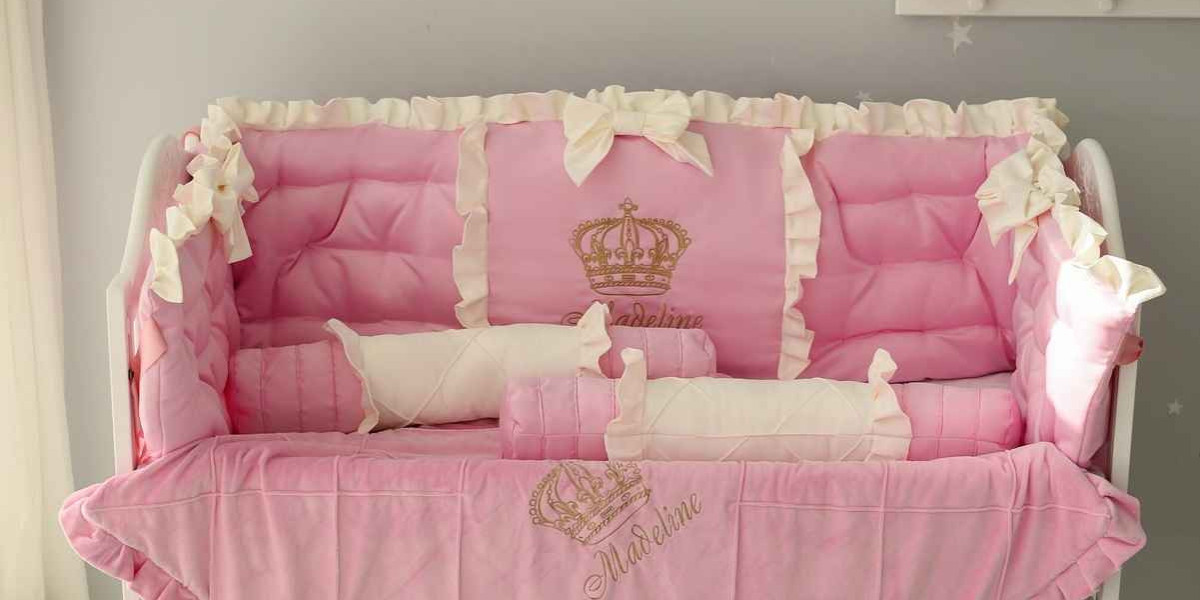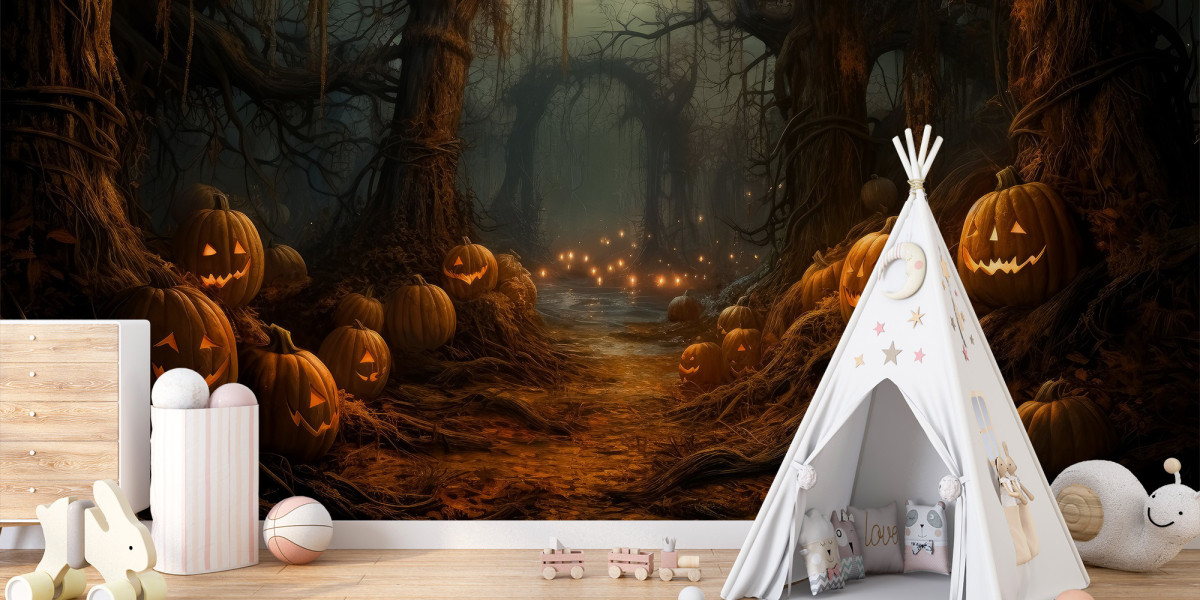Babies are delicate beings who spend most of their early months asleep—anywhere between 14 to 17 hours daily. That’s why selecting the right infants bed is a foundational step in creating a healthy, secure sleep environment. A well-designed bed isn’t just about rest—it promotes development, prevents risks, and supports better sleep for both the child and the caregiver.
This comprehensive guide explores everything parents and caregivers need to know about choosing, setting up, and maintaining a safe and cozy bed for infants—including safety guidelines, types of beds, bedding materials, expert tips, and frequently asked questions.
?️ What Makes an Infants Bed Safe?
An infants bed must be more than soft or cute—it must meet essential health and safety standards. The most critical aspects of a safe baby bed include:
Firm, flat mattress to support proper posture and prevent suffocation
Breathable materials to regulate airflow
Snug fit between mattress and frame with no gaps
No loose blankets, pillows, or toys
Meets current safety regulations (CPSC, JPMA, ASTM-certified)
Key Principle: "Bare is Best"
When setting up an infants bed, always remember: less is more. A clean, minimal sleep space reduces the risk of Sudden Infant Death Syndrome (SIDS) and creates a calming sleep environment.
? Types of Infant Beds Explained
Choosing the best infants bed depends on your baby’s age, your living space, and daily habits. Below are the most popular and recommended infant bed types:
1. Crib (Full-Sized)
Long-term use: birth to toddlerhood
Adjustable mattress levels
Strong, safe, and sturdy
2. Mini Crib
Ideal for compact spaces
Portable yet stable
Best for infants up to 18 months
3. Bassinet
Perfect for newborns (0–4 months)
Small footprint, easy to move
Often features breathable mesh sides
4. Co-Sleeper / Bedside Sleeper
Allows baby to sleep near parents while staying on a separate surface
Great for breastfeeding mothers
Provides comfort and safety
5. Moses Basket
Traditional and aesthetic
Light, portable, best for short naps
For newborns under 15 lbs
6. Travel Crib or Playard
Compact and foldable
Useful for travel or occasional naps
Always ensure it meets safety standards
? Safety Guidelines for Infants Beds
Whether you are using a brand-new bed or a hand-me-down crib, always ensure it adheres to the latest safety regulations.
Key Safety Certifications:
JPMA Certified (Juvenile Products Manufacturers Association)
CPSC Standards (Consumer Product Safety Commission)
ASTM Compliant (American Society for Testing and Materials)
What to Avoid:
Drop-side cribs (banned in the U.S.)
Crib bumpers, pillows, or thick quilts
Cracks, splinters, or peeling paint
Gaps between mattress and crib frame
? Health & Development Benefits of the Right Bed for Infants
A high-quality infants bed isn’t just about safety—it also supports your baby’s early growth in key ways:
| Development Area | How a Good Bed Supports It |
|---|---|
| Spinal Growth | Provides flat, firm support to prevent posture issues |
| Brain Development | Promotes quality REM sleep for cognitive growth |
| Motor Skills | Allows safe space for stretching, kicking, and rolling |
| Emotional Wellbeing | Creates a soothing sleep routine and environment |
? Infant Bedding Essentials: What to Use and What to Skip
Setting up an infants bed involves choosing the right bedding essentials that maximize comfort without compromising safety.
✅ Safe Bedding Items:
Fitted crib sheets (100% cotton or organic bamboo)
Waterproof mattress protector
Sleep sack or wearable blanket
❌ Unsafe Items to Avoid:
Loose blankets
Stuffed animals or toys
Pillows or cushions
Bumper pads or crib bumpers
Memory foam layers
Bedding Tips:
Use lightweight, breathable fabrics
Stick to 1 fitted sheet at a time
Wash bedding weekly or after accidents
?️ Choosing the Right Mattress for an Infant Bed
The mattress is the heart of every infants bed. A poorly chosen mattress can pose serious safety risks.
Must-Have Mattress Features:
Firm and flat surface (no plush layers)
Snug fit with no more than two-finger width gap
Waterproof and hypoallergenic cover
No memory foam or soft materials
Certified low-VOC and non-toxic materials
Materials to Consider:
Organic cotton or bamboo
Natural latex (certified baby-safe)
Food-grade waterproofing materials
?️ Ideal Sleep Environment for Infants
The surroundings of the infants bed matter just as much as the bed itself. Create a holistic sleep sanctuary by managing the following:
| Environmental Factor | Optimal Condition |
|---|---|
| Room Temperature | 68°F to 72°F (20–22°C) |
| Humidity | 40%–60% |
| Noise | Gentle white noise or silence |
| Lighting | Soft amber nightlight or blackout curtain |
| Air Quality | No smoke, mold, or strong scents; use air purifier if needed |
? Transitioning from Newborn to Toddler Bed
Babies don’t stay small for long. As your child grows, they’ll eventually outgrow their infants bed. Here’s when and how to make the switch.
Signs It's Time to Transition:
Baby exceeds weight or height limits
Can sit, roll, or pull up on their own
Starts climbing or attempting to get out
Transition Steps:
Lower the crib mattress as baby becomes more mobile
Switch to a convertible crib or toddler bed around 18–36 months
Maintain familiar bedding items (sheets, comfort objects) to ease the change
? Hygiene and Maintenance of Infants Beds
Cleanliness is essential for your baby’s health. Here’s how to keep the infants bed safe and sanitary:
Weekly Maintenance:
Wash all bedding in hot water
Wipe down mattress and bed frame with baby-safe cleaner
Air out the mattress in sunlight
Check for loose bolts or wear-and-tear
Pro Tip: Avoid using scented detergents or dryer sheets—opt for fragrance-free options.
?♀️ 10 Frequently Asked Questions About Infants Beds
1. How firm should the mattress be in an infants bed?
Very firm. Press down with your hand—it should not leave an indentation.
2. Can I use regular pillows for my baby?
No. Pillows pose a suffocation risk. Use a sleep sack instead of blankets and pillows.
3. How often should I change the fitted sheet?
At least once a week, or immediately if soiled.
4. Can I use a second-hand crib?
Only if it meets current safety standards, is not recalled, and has no visible damage.
5. When can I add a blanket to the infants bed?
Not before 12 months. Use a wearable blanket or swaddle until then.
6. Is co-sleeping safe?
Only with a bedside sleeper designed for infants. Never place a baby directly in an adult bed.
7. Do I need a breathable mattress?
Yes. Breathable mattresses can reduce overheating and suffocation risk.
8. What materials are best for infant sheets?
100% cotton, organic cotton, or bamboo—lightweight, soft, and breathable.
9. Can I elevate the head of the mattress?
Only if recommended by a pediatrician. Improper elevation can cause baby to slide.
10. How long can my baby stay in a bassinet?
Until they roll over, push up, or exceed the weight limit—usually around 4 months.
? Final Thoughts: A Safe Infants Bed Brings Peace of Mind
Creating a safe and cozy sleep environment with the right infants bed is one of the best gifts you can give your child. It supports healthy development, fosters better sleep habits, and gives you peace of mind every night.
Whether you’re setting up a nursery, shopping for essentials, or preparing for your baby’s arrival, remember: safety, simplicity, and breathability are key.








